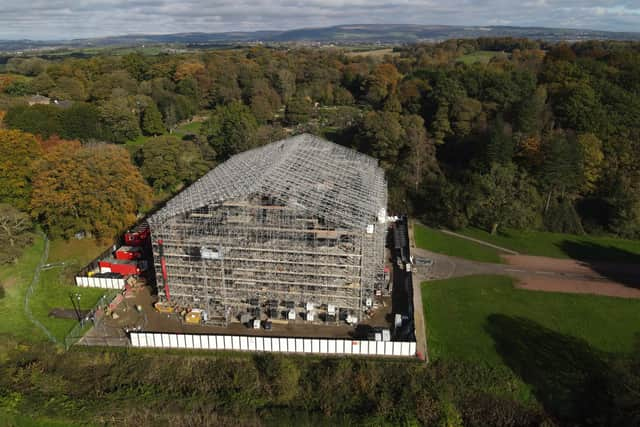Bird's eye view pictures of Wigan's Haigh Hall as you've never seen it before
and live on Freeview channel 276
And as multi-million-pound works to transform Haigh Hall for a new era continue apace, we have exclusive eye-in-the-sky images from Wigan Today reader Brian King.
His drone camera took aerial pictures of the Georgian/Victorian building as it undergoes its biggest makeover since it was built.
Advertisement
Hide AdAdvertisement
Hide AdThanks to £20m from the Government’s Levelling Up scheme, work has already started on the exterior of the premises, with rigorous efforts to clean the tired green bricks already evident.
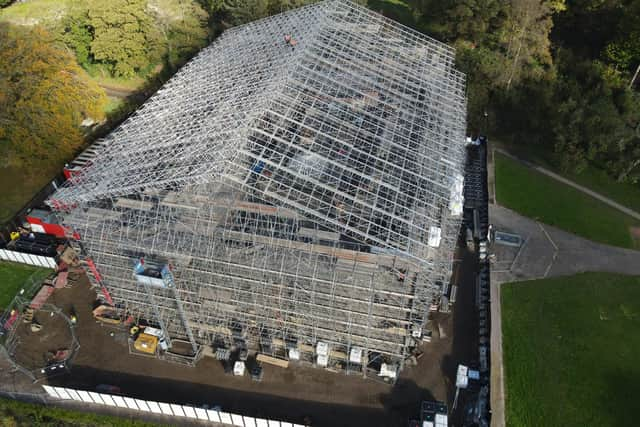

The present hall, built from 1827 to 1840, stands proud in the picturesque surroundings of Haigh Woodland Park. Once owned by the Earls of Crawford and Balcarres, it towers over the country park, which brings in thousands of visitors every month.
The venue is a popular attraction for golfers and families.
In recent years, the hall has been in need of a little TLC and Wigan Council has fought hard to return it to its former glory.
The five-floor building will boast a wealth of culture, arts, education and leisure facilities once work is complete – in around two and a half years’ time.
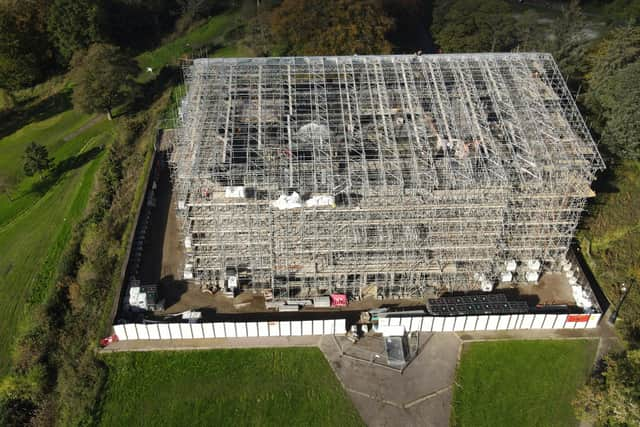

Advertisement
Hide AdAdvertisement
Hide AdA cinema room in the basement, an underground bar, a rooftop terrace and observatory are all being constructed. The hall will also be home to some of the finest artworks in the world once more.
With Theodore Major’s visionary work from across 70 years – worth around £200m – secured, Haigh Hall will once again be filled with treasure.
Behind the project are international artists and filmmakers Al and Al, who are taking creative control for the council.
They hope to see famous bands, artists and headline acts perform.
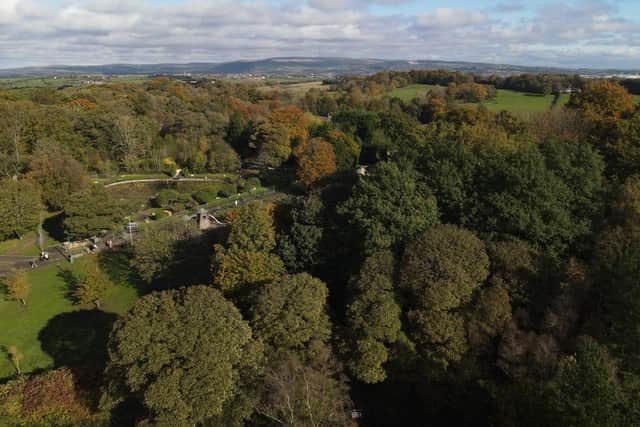

Advertisement
Hide AdAdvertisement
Hide AdThey took on the public consultation for the project to get locals’ ideas on making the building a beacon for arts, culture, heritage and the environment. This was pivotal to their aim of helping it to become a visitor destination for the 21st century.
“There will be a fantastic restaurant, an amazing cafe, a rooftop terrace,” Al Taylor said. “So it is going to be a wonderful destination and what is exciting is that we have the funding secured so it is all going to happen.”
The pair shared an insight into the history of the site, speaking with the current Earl of Crawford, who they said is "very supportive of the project” and still owns much of the artwork and scriptures formerly held at the site.
“There is culture on every floor, there is hospitality on the first floor, with some in the basement and then accommodation higher up,” Al added. “It is kind of split throughout.
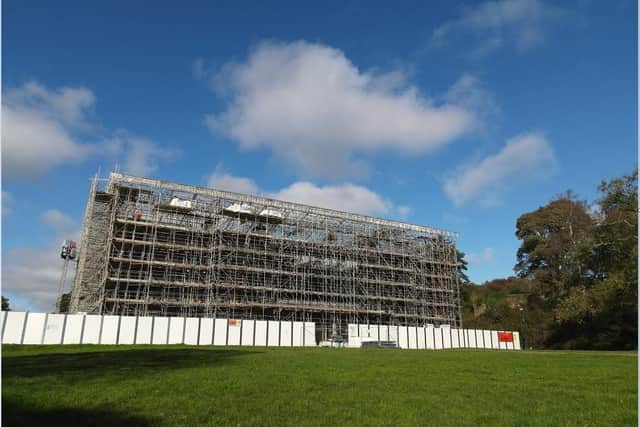

“In terms of the cultural offer, you will come through the front door and go up the grand staircase and because it is a square you walk around the entire site. A hotelier was in here before but they hadn’t done much with the site except put some bathrooms in so everything is in quite good condition.
Advertisement
Hide AdAdvertisement
Hide Ad“It is all similar to how it was left by the family. The patterns on the ceiling are all original.
“This was home to one of the largest private libraries and around a third of the hall was library. So when the family lived here there were multiple library rooms. At the peak when the family was here there were 11 librarians.
“All that has now gone to the John Rylands Library, the British Library, the Royal Observatory, there are books in America and France.
"All these iconic museums now all have items that have been taken from Wigan.”
The development team believe it will become the heart of Haigh once again.
